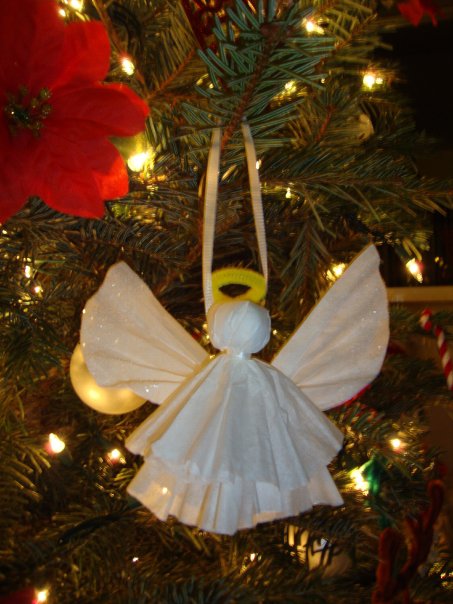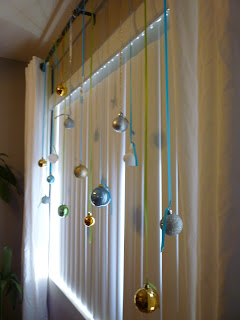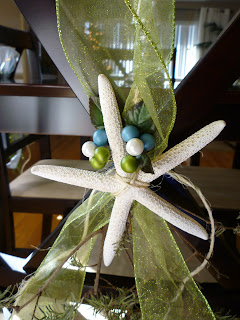My mom and I began stenciling curtain panels last weekend to create a custom look for less in her den. With
Cutting Edge Stencil's
Harlequin Trellis Allover Stencil, a pair of white
LENDA curtain panels from Ikea, black acrylic paint, fabric medium, a couple dense foam rollers, and, don't forget, tunes to keep us goin', we went to work.
We mixed the acrylic paint with the fabric medium (2 to 1 ratio). As many other bloggers have said, and as it states on Cutting Edge's website, it seemed to work best to load up the roller with paint, then roller it onto a paper towel so that the roller is almost dry. I found that light pressure for the first few rolls would spread the paint around and avoid big blobs; as the roller got dryer I increased the pressure. It seemed that less paint and more pressure worked best. After a test run on a piece of cardboard we taped down the curtain panel over a plastic tarp (some paint did go through so don't forget the tarp) and started stenciling away.



Unfortunately it was not as simple and graceful as many blogs make it out to be. I've never stenciled a wall, but my guess is that it would be much easier on a flat stationary surface. After the first row of repeats, it was hard to match up the stencil to the already painted areas above and to the side of it. If one side matched, the other would be off. To help it match up, I painted a little and kind of adjusted the fabric under the stencil as I went along so that it would meet the design in the correct spot.
Another issue we had was the surface underneath us. We decided to do it in my mom's kitchen, which is tiled, because it is the largest expanse of flat surface in her house (all elsewhere is carpet). The problem was that every time we tried to paint the panel directly above a grout line, it would leave a little blank spot where the surface dipped. We then would use a smaller foam "dabber" we called it, to try to fill in these holes, but often times, too much paint on the dabber would bleed through under the stencil. I think the most effective solution was not to put paint on the dabber at all and try to fill in with what paint was already on the fabric. I'm now thinking, that perhaps we should have left these imperfections and gone over them with a small brush once the stencil was removed.
With all that said. Here are a few progress photos. The kitties were not happy about being stuck outside for 4 hours, but I think we gave them a sufficient amount of love and pets after we let them in.
One down, 3 to go. We plan on doing one more exactly the same (with a bit of improvement in technique I hope) to flank the sliding glass door in the den, and two more panels with the same stencil using the wall paint for the closet so that it's less dramatic. I can't wait to show you the results of the makeover. It's really coming along!
We'll be continuing with the project this weekend after Thanksgiving. Any suggestions from someone who's done this before? Check back for the results next week!



.JPG)
.JPG)




.JPG)
.JPG)
.JPG)
.JPG)
.JPG)



























